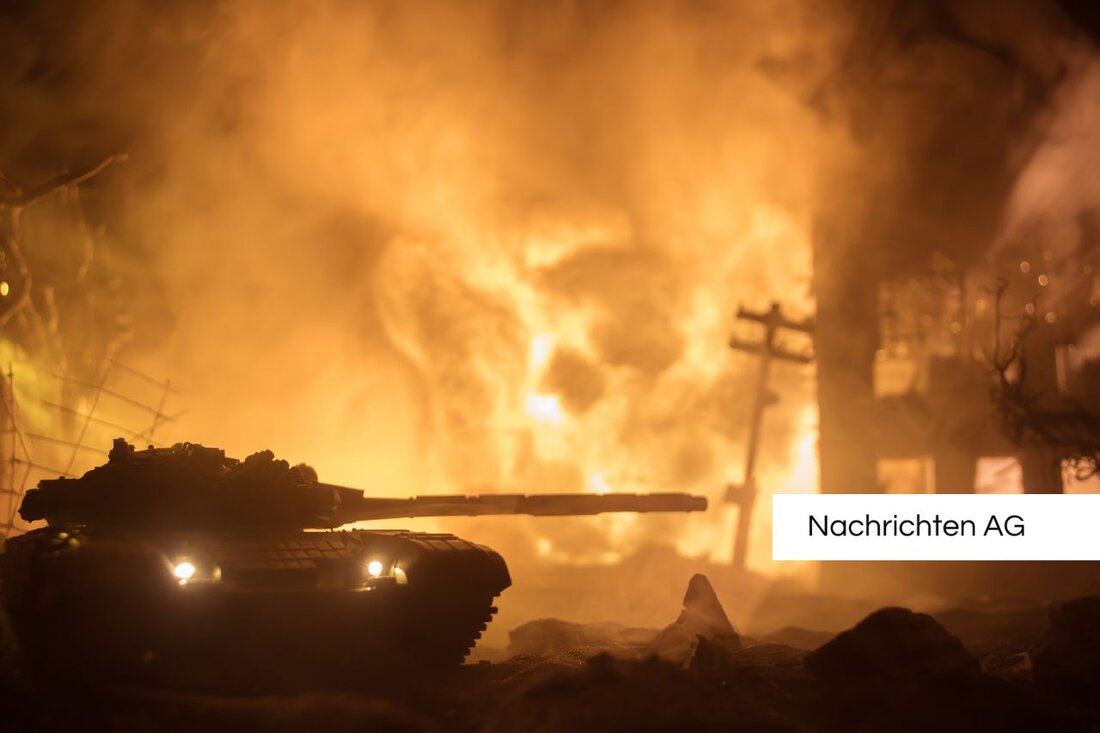Aachen's dark chapter: How the Oppenhoff case shaped the post -war order
Aachen's dark chapter: How the Oppenhoff case shaped the post -war order
On May 24, 2025, the devastating fights for Aachen, which took place in October 1944, will be reminded. The city became the first larger German city that was freed by the US Army. Historical aerial photographs show the extent of the destruction that the city suffered on October 24th. The city played a central role in the West War and was defended by the Germans as "German Stalingrad". On October 21, 1944, the German troops surrendered, which influenced the mood among the population that the Americans felt as a liberator.
historian Florian Traussnig spoke about the political aftermath of the battle at the symposium “transitions” in Graz. He emphasized how the US Army learned from the "Fall Aachen" and tried to establish a democratic center in the post-war order. Two American occupation soldiers, both ex-Austrians, had different views of the political future of Aachen and fought for influence in the new order.
The meaning of the battle
During the fights,Aachen had a population of only 20,000, which came from an original population of 160,000. The city was not only of strategic importance for the western powers, but also culturally, since it was known as the coronation location of many German monarchs. Colonel Gerhard Wilck commanded the German armed forces, while on the other hand General Courtney Hodges led the US troops.
In the period of the fights, around 100,000 American soldiers fought against around 13,000 German soldiers and 5,000 Volkssturm soldiers. The US troops suffered losses of 2,000 fallen and 3,000 wounded. The opponent recorded significant losses with 4,000 fallen and 2,000 wounded, while almost 12,000 German soldiers, including 3,473 Volkssturm soldiers.
aftermath and political tensions
After the liberation, Franz Oppenhoff was employed as the new mayor to represent the interests of the Aacheners, but from February 1945 the relationship between the American military government and the Aachen population deteriorated. The US administration began cleaning the city administration of former NSDAP members. The historian Saul Padover carried out political interviews and found that left -wing forces were underrepresented in the city administration. His reports led to personnel cleaning that triggered great political resentment.
The political situation was additionally exacerbated by the murder of Oppenhoff, which was perceived as shocking. Padover criticized the political composition and caused a scandal with interrogation. The initial positive cooperation between the Americans and the population changed into a conflict that fueled American occupation policy and reflected the indecisiveness in Washington.
In summary, it can be said that the battle for Aachen is not only considered a military discussion, but also as an important turning point in the development of the post -war order in Germany. The experiences and challenges associated with this battle shape the American occupation strategies in the region to this day.| Details | |
|---|---|
| Ort | Aachen, Deutschland |
| Quellen | |


Kommentare (0)